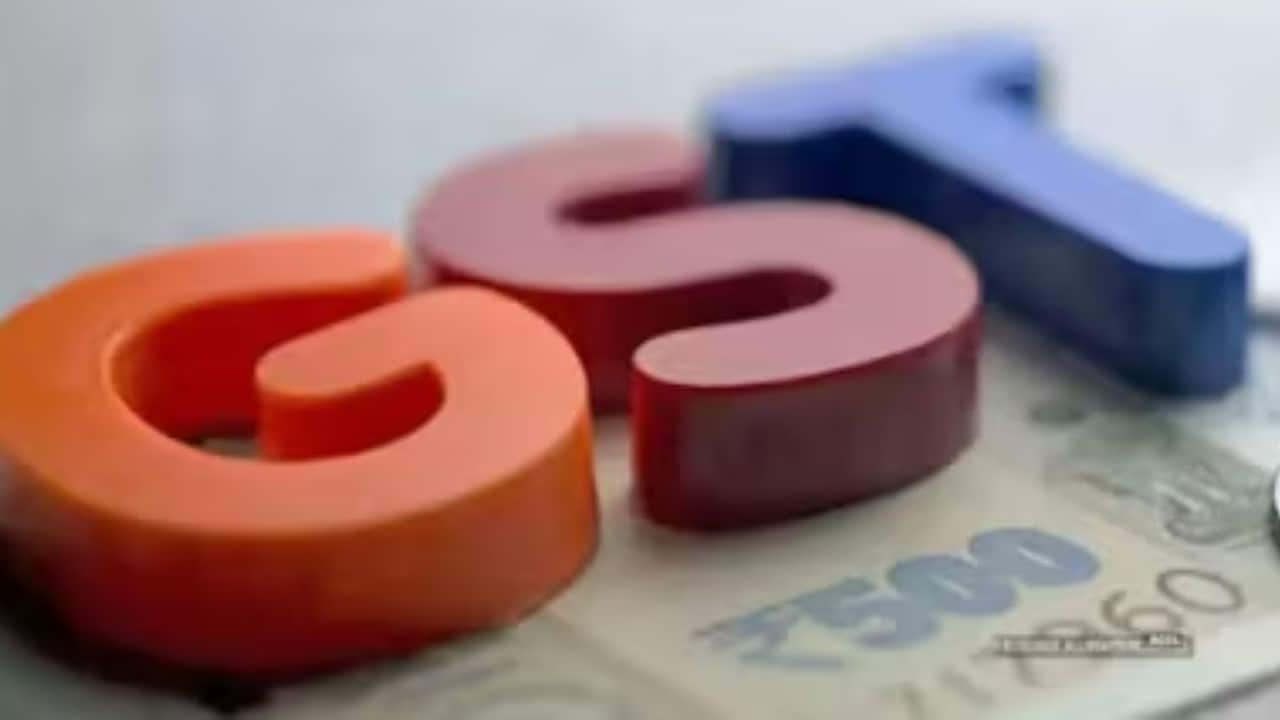Advertisement|Remove ads.
GST rate cut benefits yet to reach most consumers, survey finds

One week after the implementation of the new GST 2.0 rates on September 22, a nationwide LocalCircles survey reveals that most Indian consumers are yet to fully experience the benefits of lower taxes, except in the automobile segment.
The survey, which received over 78,000 responses from more than 27,000 consumers across 332 districts, examined whether reduced GST rates on packaged foods, medicines, appliances, white goods, consumer electronics, and vehicles were passed on to buyers.
The respondents included 66% men and 34% women, with 43% from tier-1, 24% from tier-2, and 33% from tier-3–5 and rural districts.
The findings indicate a stark gap between policy and consumer experience:
Packaged food products: Only 10% of respondents reported receiving the full benefit of the GST rate cut, while 21% received partial benefits. Nearly half (47%) reported no benefit at all.
Medicines: The scenario is similar, with just 10% seeing the full benefit and 24% receiving partial benefit. Over 60% of consumers paid the same prices as before the rate cut.
Appliances, white goods, and electronics: About 34% of consumers confirmed receiving the full benefit, while another 33% received partial reductions.
Vehicles: Here, the impact is more pronounced. Around 76% of vehicle buyers reported that the full benefit of the lower GST was passed on, with 24% getting partial benefit.
The GST 2.0 reforms, aimed at making nearly 80 goods and services more affordable, reduced taxes on essential items such as paneer and UHT milk to 0–5%, and on certain medicines to 5%. Aspirational goods such as cars, air conditioners, refrigerators, and large TVs saw GST rates fall from 28% to 18%.
Despite government efforts to boost consumer sentiment and industrial growth, many retailers—both online and offline—have not yet updated prices or passed on the full benefit. Consumers reported instances of old stock being sold at pre-GST rates, or brands and e-commerce platforms like Big Basket, Tata 1mg, Amazon, Myntra, and Ajio not reflecting the revised MRP.
The survey also highlighted the challenges of implementing GST 2.0 in the FMCG and medicine segments, where millions of retail points make last-mile compliance difficult. LocalCircles notes that brands need to engage their supply chains more effectively to ensure small retailers can pass on the benefits without bearing inventory losses.

/filters:format(webp)https://news.stocktwits-cdn.com/Getty_Images_2228236200_jpg_4e01019dfd.webp)
/filters:format(webp)https://news.stocktwits-cdn.com/shivani_photo_jpg_dd6e01afa4.webp)
/filters:format(webp)https://news.stocktwits-cdn.com/large_usa_rare_earth_OG_jpg_835f318229.webp)
/filters:format(webp)https://st-everywhere-cms-prod.s3.us-east-1.amazonaws.com/Prabhjote_DP_67623a9828.jpg)
/filters:format(webp)https://st-everywhere-cms-prod.s3.us-east-1.amazonaws.com/large_stock_down_resized_901c19c371.jpg)
/filters:format(webp)https://st-everywhere-cms-prod.s3.us-east-1.amazonaws.com/unnamed_jpg_9dff551b50.webp)
/filters:format(webp)https://st-everywhere-cms-prod.s3.us-east-1.amazonaws.com/large_stock_rising_resized_f17852d7aa.jpg)
/filters:format(webp)https://news.stocktwits-cdn.com/large_worldcoin_OG_jpg_133583dde9.webp)
/filters:format(webp)https://news.stocktwits-cdn.com/large_Getty_Images_2208941384_jpg_68040375e0.webp)